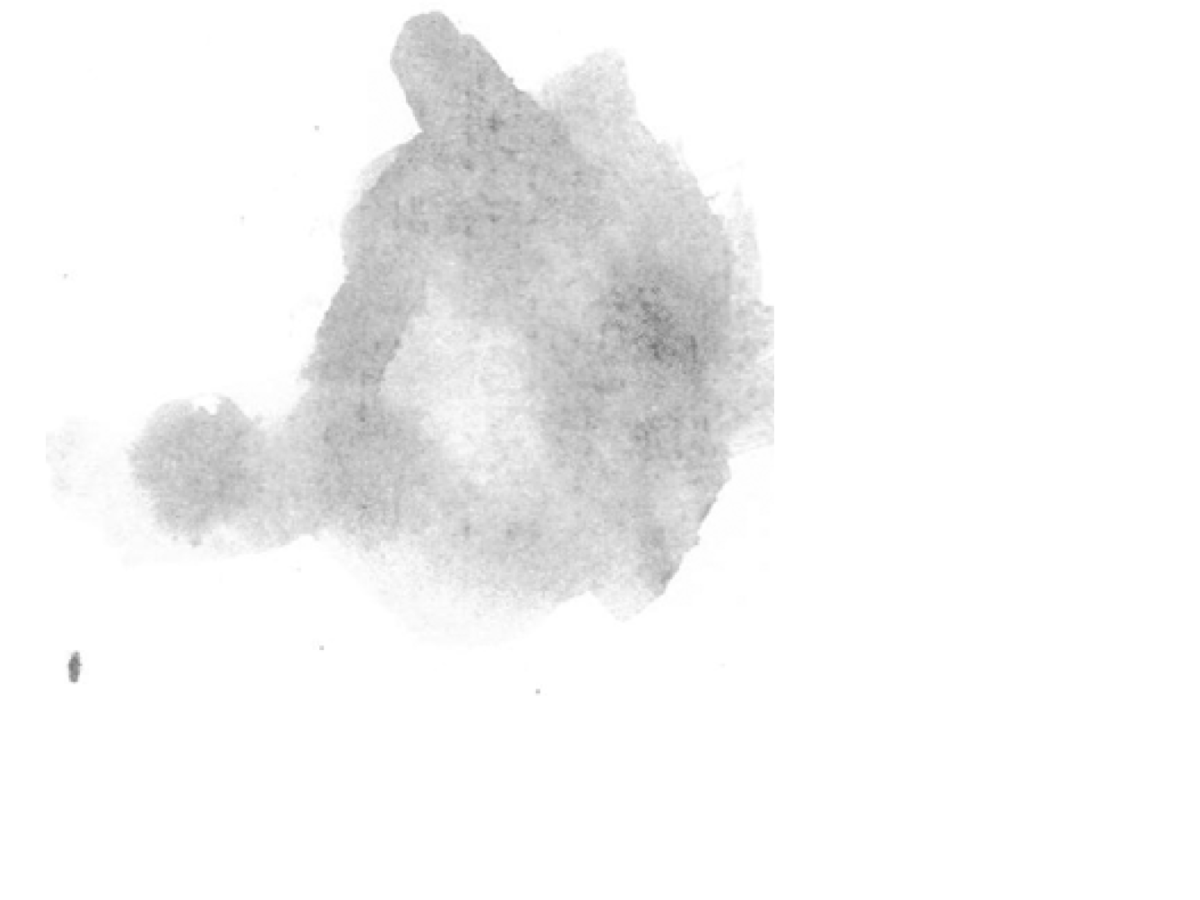Project start with tackling the Mary Douglas concept of Dirt in Urban context:
For her, Dirt was ”the kind of compendium category for all events, which is a blur, smudge, other, or confuse accepted classification.”* Dirt was not about the object but where the object placed and situations of the object. It was about the otherness, strangeness, and disturbing felling towards the things. This feeling of otherness was straking mainly on the Chaussée De Wavre compare to its surroundings, which makes this area “dirt” for the project. Hence, for elaborating this context more for the spatial conclusion, two concepts used. These are Heterotopia and Dead Zone (terrain vague). Both of these concepts are quite connected regarding the disturbing, intense, incompatible, contradictory aspects they have, which makes both of these concepts “Dirt” in the spatial context. Both concepts have features that show territorial indications of strangeness. However, the difference between the dead zones and heterotopias starts with their functionality and their position in the cultural, social, and economic dynamics of urban life. In this direction, the project aim is analyzing the heterotopian features of the area and creating an alternative within a concept of “dirt” while using the features of Dead Zone.
Heterotopian features are highly visible in the Galerie Matongé, which is an essential place for the area. This location not only following all the principles of heterotopia conducted by Micheal Foucault also it is a reflection of the street from the usage to appropriation. To create an alternative to this area for elaborating the “dirt,” the concept of the dead zone is used. Dead zones are habitat for undesigned roles and functions. These zones are a space of the other, sites that are a viable alternative to the heterotopia. However, creating a dead zone is problematic by itself due to the dominant praxises and general understanding towards to practice of design. Eventually, these spaces are voids on the map. They have no decided function nor orientation. In general understanding, these spaces are waiting for design. But how can a designer tackle this idea? How (s)he can act to become other than aggressive tool of power and abstract reason? In this regard, Constant’s New Babylon creates a great example. He does not try to create orientation, functionality, routes. He creates an empty page for the continuity of the flows, energies, and rhythms. New Babylon not for the Homo-Economicus. It is a place for Homo-Ludens. This place is an embodied version of Dead Zones.
For creating an embodied concept of Dead Zones, some features of them are used. Firstly, the project site and its entrance selected outside of the main routes people have taken. The entrance of the project site is the least active place in the area. With this, it is targeted to make people escape their everyday routine and direction. It will be a place for people who are drifting. Dead zones are empty pages where people can transform. To reinforce the sense of transitory, simple dynamic components are designed. For embodying dead zones, static organization of the space would not only be pointless; it would be contradictory to the concept. Space should transform based on users undesigned roles or their ludic activities. Dead zones are wrecked spaces that contain their demolished past. The project site contains a high number of walls that separate properties. For embodying the concept of dead zones, half demolished version of these walls will be used on the ground level while creating the maze. Dead zones are voids on the map. They lack a clear definition, program, or function. They are usually home to informal activities that have no right place in the city. Creating an open structure without function, program, nor control mechanism will help us to the embodying process. Also, the flexible structure will create dynamic mazes that will allow a variety of temporal territories.
Finally, the projects act within, on, against, and for the “dirt.” It creates a contrast to heterotopia while exalting Dirt. It is an embodied version of Dead Zone, which allows people to wander without a goal, make them scare and welcome the unexpected, appropriate the space as they wish.
*Douglas, Mary. Implicit meanings: Selected essays in anthropology. Routledge,
2002.

